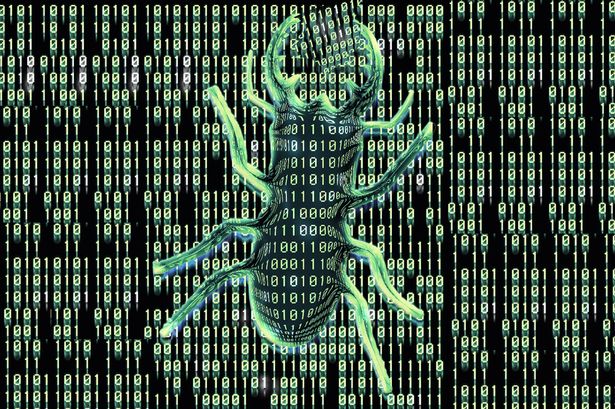The US tried to deploy a version of the Stuxnet computer virus to attack North Korea’s nuclear weapons programme five years (2010) ago but ultimately failed, according to people familiar with the covert campaign. The operation began in tandem with the now-famous Stuxnet attack that sabotaged Iran’s nuclear programme in 2009 and 2010 by destroying a thousand or more centrifuges that were enriching uraniumc. Reuters and others have reported that the Iran attack was a joint effort by US and Israeli forces.
According to one US intelligence source, Stuxnet’s developers produced a related virus that would be activated when it encountered Korean-language settings on an infected machine…But the National Security Agency-led campaign was stymied by North Korea’s utter secrecy, as well as the extreme isolation of its communications systems...North Korea has some of the most isolated communications networks in the world. Just owning a computer requires police permission, and the open internet is unknown except to a tiny elite. The country has one main conduit for internet connections to the outside world, through China. In contrast, Iranians surfed the net broadly and had interactions with companies from around the globe.
The US has launched many cyber espionage campaigns, but North Korea is only the second country, after Iran, that the NSA is now known to have targeted with software designed to destroy equipment.
Experts in nuclear programmes said there were similarities between North Korea and Iran’s operations, and the two countries continue to collaborate on military technology. Both countries use a system with P-2 centrifuges, obtained by Pakistani nuclear scientist AQ Khan, who is regarded as the father of Islamabad’s nuclear bomb, they said. Like Iran, North Korea probably directs its centrifuges with control software developed by Siemens AG that runs on Microsoft Corp’s Windows operating system, the experts said. Stuxnet took advantage of vulnerabilities in both the Siemens and Microsoft programmes…
Despite modest differences between the programmes, “Stuxnet can deal with both of them. But you still need to get it in,” said Olli Heinonen, senior fellow at Harvard University’s Belfer Center for Science and International Affairs and former deputy director general of the International Atomic Energy Agency…
The Stuxnet campaign against Iran, code-named Olympic Games, was discovered in 2010. It remains unclear how the virus was introduced to the Iranian nuclear facility in Natanz, which was not connected to the Internet.,,,According to cybersecurity experts, Stuxnet was found inside industrial companies in Iran that were tied to the nuclear effort. As for how Stuxnet got there, a leading theory is that it was deposited by a sophisticated espionage programme developed by a team closely allied to Stuxnet’s authors, dubbed the Equation Group by researchers at Kaspersky Lab…
In addition, North Korea likely has plutonium, which does not require a cumbersome enrichment process depending on the cascading centrifuges that were a fat target for Stuxnet, they said.
Excerpts from NSA tried Stuxnet cyber-attack on North Korea five years ago but failed, Reuters, May 29, 2015




